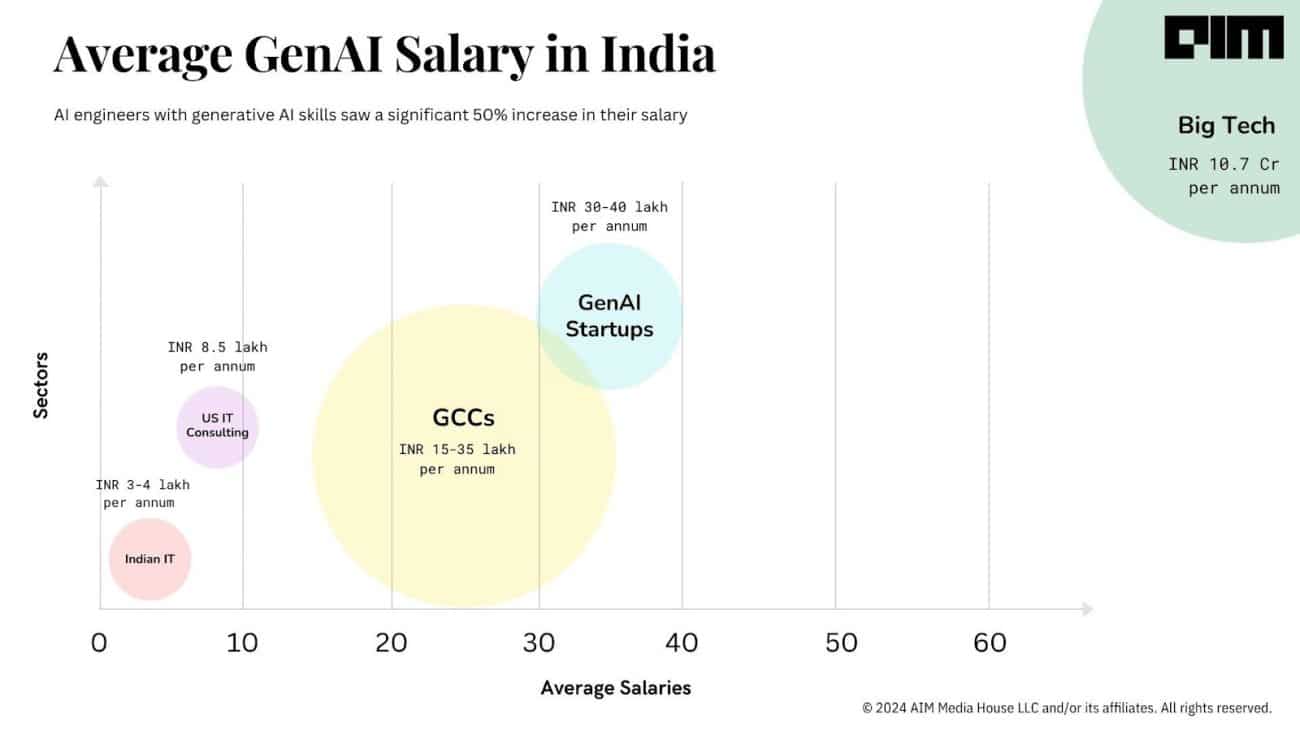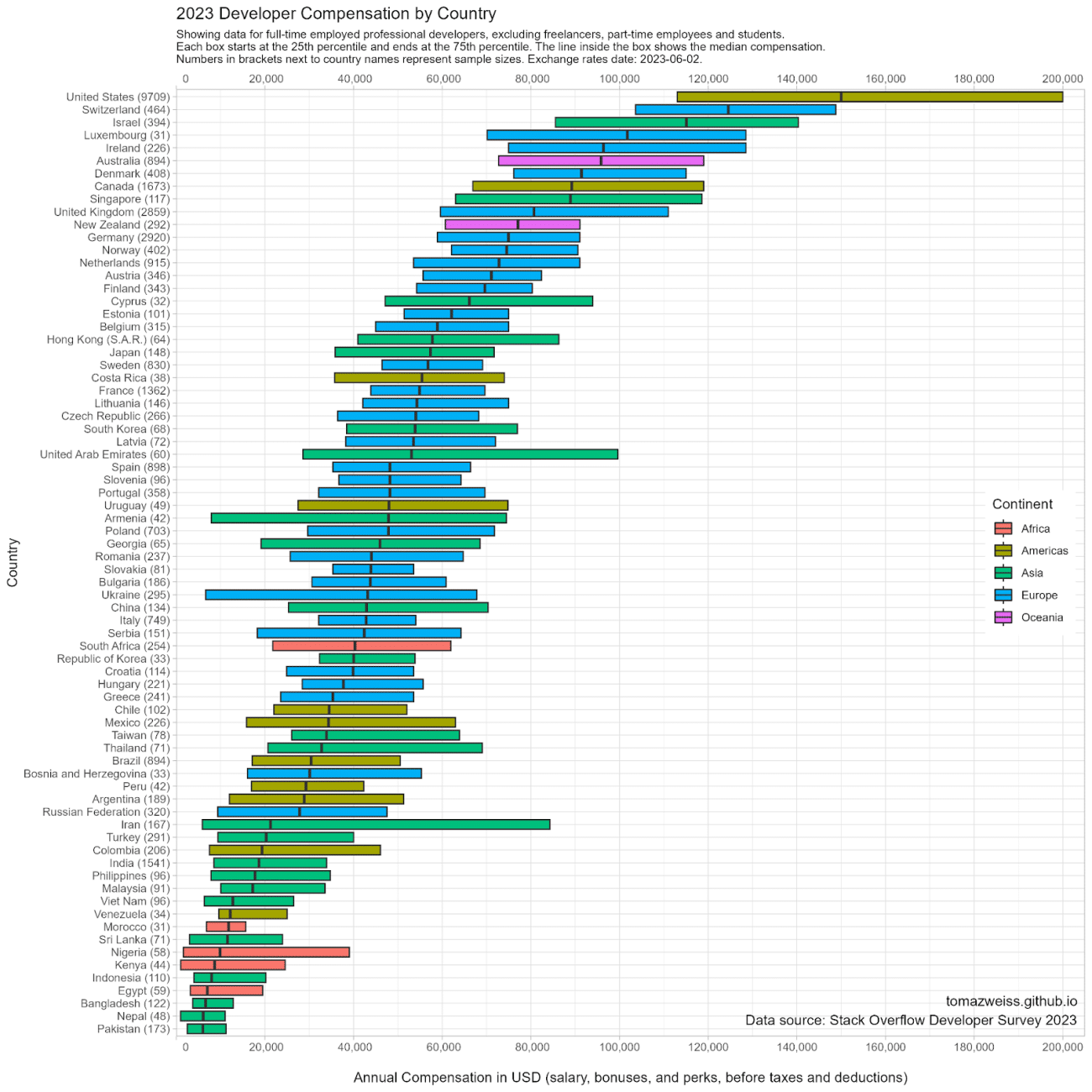|
Listen to this story |
Last month, a sweeping wave of layoffs hit major tech giants like Tesla, Google, and Apple, affecting over 20,000 employees. This comes amid a broader trend of job cuts in the industry that impacted more than 70,000 individuals throughout the year. There is no stopping.
Looks like big tech companies are on a layoff spree. Recently, Google fired its entire US-based Python team, which consisted of less than ten people. A few days back, it also terminated 200 employees from its ‘core team’ and transferred certain positions abroad, including India and Mexico.
Meanwhile, Microsoft also recently laid off 1,900 employees at Activision Blizzard and Xbox in January this year. AWS also cut several hundred employees recently. Meta also laid off several employees and expected to impact research support staff.
In the hardware space, AMD laid off 450 employees from their Shanghai R&D centre last year.
In the fourth quarter of 2023, Qualcomm fired more than 1258 employees from its San Diego and Santa Clara offices. However, it recently inaugurated a design centre in Chennai with an investment of 177 crores, generating jobs for 1600 tech professionals.
Good news for India
Most reports cite that big tech companies are relocating their resources to countries like India and Mexico to scale their business operations, leading to global team acquisitions to hire cheap labour.
For instance, the Python team’s layoff follows their setting up a new office in Munich, Germany, where they will train new employees from Bengaluru, Dublin, Atlanta, and Chicago at a lower cost.
Apart from Google, you will find tech giants like Meta, Amazon, AMD, Qualcomm, and more. They have big plans for India, which eventually will produce more jobs.
Despite cutting off several hundred employees, AWS plans to invest $12.7 billion (Rs 1,05,600 crores) in cloud infrastructure in India by 2030, which will generate an estimated average of 131,700 full-time equivalent (FTE) jobs.
Even though Meta’s company-funded oversight body is planning to trim its workforce, the company’s take on India is positive: it is said to offer a $250,000 grant to the top five Indian startups for a mixed reality program.
Also, Microsoft unveiled the ADVANTA(I)GE INDIA initiative to equip 2 million people in India with AI skills by 2025 as part of its Skills for Jobs programme.
Furthermore, Microsoft and iCreate (International Centre for Entrepreneurship and Technology) have signed a MoU with the Ministry of Electronics & IT to boost AI startups in India. From the initial pool of 1,100 AI innovators, the programme will select 100 startups to provide them with access to Microsoft’s Azure OpenAI platform and resources.
The top 25 startups from this group will receive additional support from Microsoft’s global network to help them develop advanced and globally competitive AI-based products.
AMD is also planning something big for India. In the next five years, it will invest $400 million to open AMD’s largest design centre. The company is actively hiring for many machine learning and generative AI roles. By the end of 2028, it aims to have about 3000 new engineering roles.
Qualcomm also recently inaugurated a design centre in Chennai, investing 177 crores and creating jobs for 1600 tech professionals.
Furthermore, in 2022, Qualcomm established its second largest office outside the US at a cost of $500 million over the next five years, which will generate jobs for around 8700 software professionals.
Cheap labour, really?
India has a vast pool of highly skilled and hardworking software professionals and has emerged as one of the key talent markets for tech skills worldwide. This means big tech companies can easily and at lower costs find skilled talent to support new-gen tech such as artificial intelligence (AI), machine learning, and data science.
Furthermore, India has a geographical advantage in the Asia-Pacific region. With such a strong presence, tech companies can more easily access and cater to the massive consumer markets in neighbouring countries, including China, Japan, Malaysia, and South Korea.
Big tech companies pay well to Indian employees, compared to any Indian IT companies or startups. For instance, the average base salary for an AI engineer at Google is about INR 10.7 crore annually. The starting salary is about INR 12 LPA and can easily go up to INR 21.2 crore. Other big tech players like Microsoft and Amazon also offer a similar range.
On the other hand, Indian IT pays the lowest of them all despite claims of training employees in generative AI. The entry-level salary for freshers at TCS ranges from INR 3-4 LPA, which remains lower than the industry standard.

Compared to the US?
Compared to US employees, Indians in the country definitely get paid less. “The Average annual salary of developers in India is almost 2.5 times lesser than the average salary of all developers all over the world, almost five times less than the average salary in the US,” said Nitesh Agarwal, CEO at Curated Connections.

(Source: Tomaž Weiss)
All of this comes down to the economics of running a scalable business, and resource relocation is just part of the corporate strategy.
‘Price’s Law,’ coined by British physicist Derek J. de Solla Price and also discussed by Marc Andreessen and Ben Horowitz in their recent podcast, ‘The Ben and Marc Show,’ discusses this.
Andreessen said that the square root of the number of contributors generates roughly 50% of the output, reflecting how a small group often drives significant productivity within organisations.
He said that the disproportionate impact of a select few in terms of productivity applies across various domains like engineering, product management, and sales and underscores the strategic considerations in organisational design and resource allocation.




















